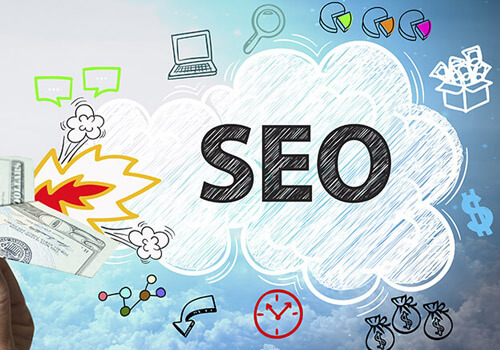5 Defensible Reasons Why Speed Optimisation is a Top Ranking Factor

There are many different ranking factors that Google considers when determining which websites appear on its search results pages as well as the order they appear. One of those ranking factors is page load speed.

In fact, page load speed has increased in importance over recent years and is now a top-ranking factor. There is good reason for this too – actually, five good reasons.
1. Better User Experience
People want the websites they visit to load fast. It really is as simple as that. There is a lot of research that backs this up as well as anecdotal evidence. You can even look at your own website browsing experiences and the frustration that slow-loading sites cause.
It’s important to then put this in the context of your SEO strategy for your Wellington business. To do that, you need to think like Google.
Google wants to make its users happy by providing them with the information they are looking for. Therefore, it only wants to send its users to sites that answer their queries and provide a good user experience.
Part of providing a good user experience is ensuring pages on your site load quickly.
2. Stops People Quickly Clicking the Back Button
Following on from the above point, one of the ways that Google often assesses user experience is through bounce rate. Bounce rate is when someone visits your website and then clicks back to return to Google without clicking on anything else on your site.
If your website takes too long to load, this is exactly what visitors will do – they will click back rather than wait. In this situation, it isn’t even about making a good first impression as you won’t get to that stage if your website doesn’t load quickly.
In other words, you have a much greater chance of keeping people on your website rather than going straight back to Google if you have a fast-loading site.
3. More People Use Mobile Devices
One of the things that you probably have on your onpage SEO checklist is responsive website design. With responsive website design, the layout of your site responds to the device so that it looks good on everything, from a large computer screen to a mobile phone.
Good responsive website design is not just about visuals, however. Instead, it also takes into account user experience. Here, speed becomes important again.
In fact, speed is even more important when people view your website on a mobile device than it is with a computer. This is because people on mobile devices use phone networks in addition to broadband when accessing the internet.
The connection speed of phone networks is not as fast as broadband, so any speed issues that exist on your website will be exacerbated when visitors use their phones.
This loops us back to the first point again about user experience. If you are not providing a good user experience because of slow page loading speeds on mobile devices, you are unlikely to get the instant organic traffic you are looking for.
4. Ensures More Consistent Performance for All Users
This point applies if your SEO efforts extend beyond Wellington, especially if you have customers outside New Zealand. This is because of the impact of distance on speed, i.e. the further your website server is from the people accessing your site, the slower the site will take to load.
Optimising the speed of your website will ensure a more consistent level of performance for all visitors to your website, regardless of how far they are away from your main website server (which is likely to be here in New Zealand).
- Get your website Ranked No.1 on Google with KWD SEO Auckland
One of the main ways of achieving this is through a CDN – Content Delivery Network. With a standard website server set-up, your website resides on a server in a single location. With a CDN, however, virtual versions of your site are distributed to data centres around the world. When someone from the other side of the world accesses your site, the CDN finds the closest data centre and serves your site from there.
5. Influences Crawl Rates
If you look in Google Search Console, you can see how often Google crawls your website. This is known as crawl rate and refers to how often Google visits your site to check the pages, identify updated content, and find new content.
The Google bot completing this crawl receives a similar experience to real visitors. Therefore, if your website loads slowly for people, it will load slowly for the Google bot too. This can have a negative impact on crawl rates, i.e. it can reduce the frequency of Google visiting your website.
In general, it is better to have as high a crawl rate as possible, so fixing any speed issues you have is important.
Website Speed Optimisation
Optimising the speed of your website involves looking at a range of factors, from compression to image optimisation to the quality of your hosting package. You may need the help of an SEO agency or website developer, but the payback in terms of SEO will make it worth it.
You May Also Like
- How to Protect Your Website from Negative SEO AU
- XML Sitemap | Why its Important for Best SEO Performances
- UX Design Tips for Creating a Seamless Ecommerce Checkout Experience


Comments are closed.